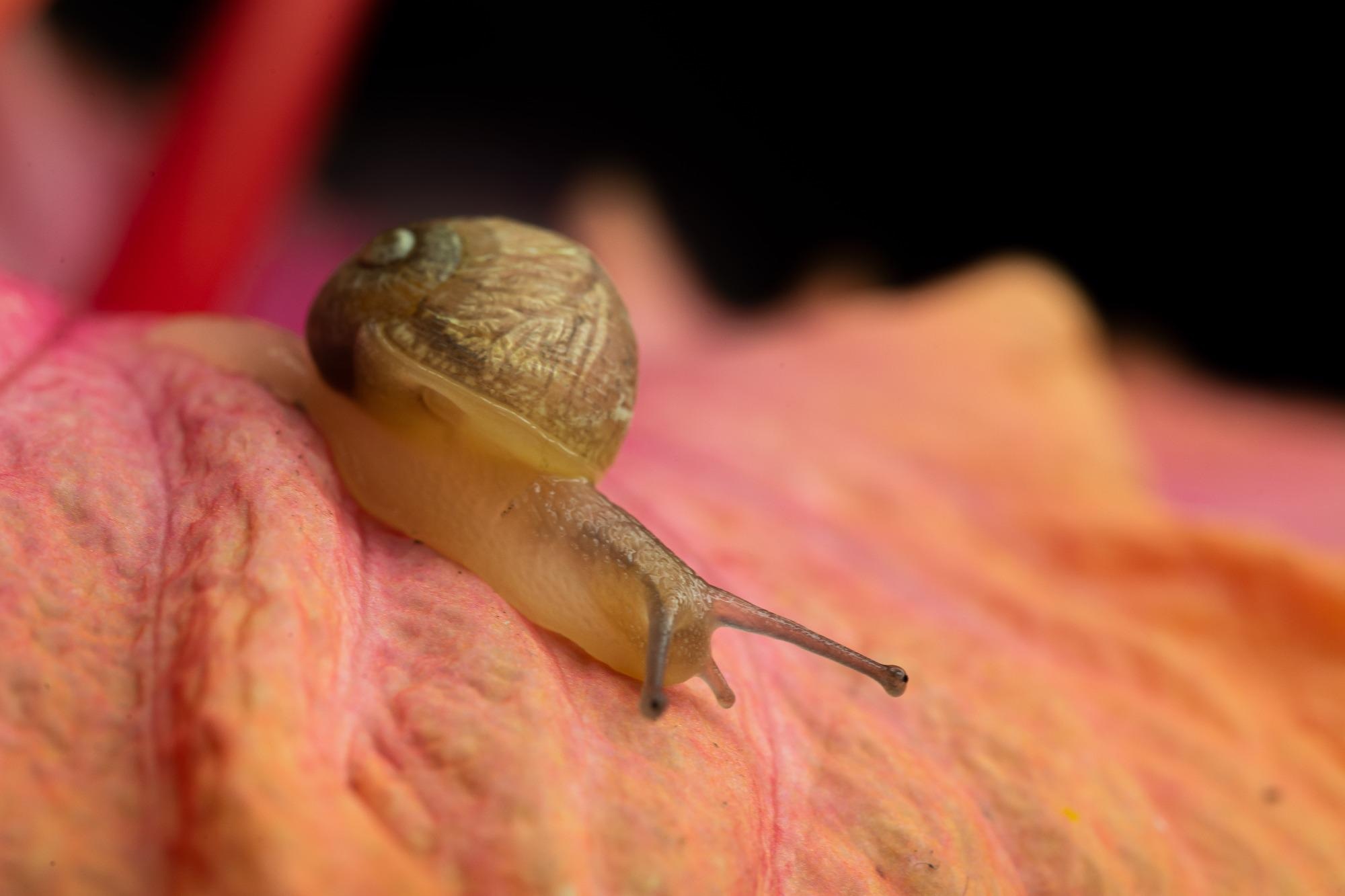The night sky is increasingly illuminated by energy-efficient broad spectrum lighting; however, this threatens the camouflage capabilities of certain animal species that use the cover of darkness to hunt, forage and feel as well as making them more vulnerable to predators.

Image Credit: Shutterstock.com/ Phillip van Zyl
Losing the gift of camouflage could impact the predator-prey and population dynamics as well as have an effect on the genetic structure of polymorphic populations.
In a paper published in the Journal of Applied Ecology, researchers based at the University of Plymouth has revealed the extent of the impact that energy-efficient broad spectrum lighting, such as Light Emitting Diodes (LED), Metal Halide (MH) and High Pressure Sodium (HPS), has on the conspicuousness of prey.
The study, conducted in collaboration with the Plymouth Marine Laboratory (PML), is deemed to be the first of its kind, focusing primarily on the impact of artificial broad spectrum lighting at night on the camouflage of coastal species.
Furthermore, by establishing the risk and impact on coastal species, the research could also help better understand the broader impact of modern artificial lighting technologies on coastal areas.
This study clearly indicates that new lighting technologies will increase the conspicuousness of prey species by reducing the efficacy of their camouflage.
Oak McMahon, Lead Author and Ph.D. Candidate, University of Plymouth
Color Morphs of Littorinid Snails
During the study, McMahon and his team modeled and assessed how the color morphs of Littorinid snails are affected by different artificial light conditions. It was determined that brighter yellow-colored snails were more vulnerable to predators than olive or brown species.
Our findings revealed that species of Littorinid snails found commonly on our coastlines will remain camouflaged when illuminated by older style lighting. However, when illuminated by modern broad spectrum lighting, they are clearly visible to predators and at far greater long-term risk as a result.
Oak McMahon, Lead Author and Ph.D. Candidate, University of Plymouth
The team was also able to evaluate how the same species of snail were affected by natural light conditions – the sun and moon – and found that results were similar to that of the broad spectrum lighting, meaning the modern lights being deployed today are putting such species at a heightened risk.
Comparatively, the snails were adequately protected under the older Low Pressure Sodium (LPS) lighting conditions.
As technologies develop, there has been a shift from narrow spectrum to lighting that enables us to live and travel in a safe, secure manner. However, estimates suggest that a quarter of the planet between the Arctic Circle and Antarctica is now being affected by night-time light pollution.
Dr. Thomas Davies, Lecturer in Marine Conservation, University of Plymouth
Artificial Lighting at Night (ALAN)
It is anticipated that over the next five years, dependence on LED technology could account for over 85% of the global street lighting market, which would have a definite impact on animal species and human ecology in the future.
The ability to light our environment around the clock has transformed the urban landscapes over the past century and has ushered in what some call the Urbanocene.
Dr. Tim Smyth, PML Head of Science for Marine Biogeochemistry and Observations and Co-Author of the Paper
Therefore, ensuring minimal impact on natural species and any negative fallout from ALAN should remain on the agenda as cities continue to expand, particularly in coastal areas. Technologies that benefit us in one way – such as increased energy efficiency – should not come at the cost of the environment in another.
The Plymouth-based research team outlines various strategies that are available to environmental managers and urban planners to mitigate any ecological impact modern broad spectrum lighting technologies cause.
Some of the proposals include limiting the quantity of light used, placing shields around the lights to limit their immediate impact on the surrounding environment and carefully controlling the spectra of lighting to reduce any further ecological impact.
The researchers also highlight that preserving the gift of camouflage is essential to ensuring predator-prey and population dynamics are not negatively impacted, as ensuring healthy balance in the natural world also benefits us.
References and Further Reading
McMahon, O., Smyth, T. and Davies, T., (2022) Broad spectrum artificial light at night increases the conspicuousness of camouflaged prey. Journal of Applied Ecology, [online] Available at: https://besjournals.onlinelibrary.wiley.com/doi/10.1111/1365-2664.14146#:~:text=This%20study%20has%20demonstrated%20that,at%20greater%20risk%20of%20predation.
Williams, A., (2022) Losing the cover of darkness. [online] University of Plymouth. Available at: https://www.plymouth.ac.uk/news/losing-the-cover-of-darkness
Disclaimer: The views expressed here are those of the author expressed in their private capacity and do not necessarily represent the views of AZoM.com Limited T/A AZoNetwork the owner and operator of this website. This disclaimer forms part of the Terms and conditions of use of this website.